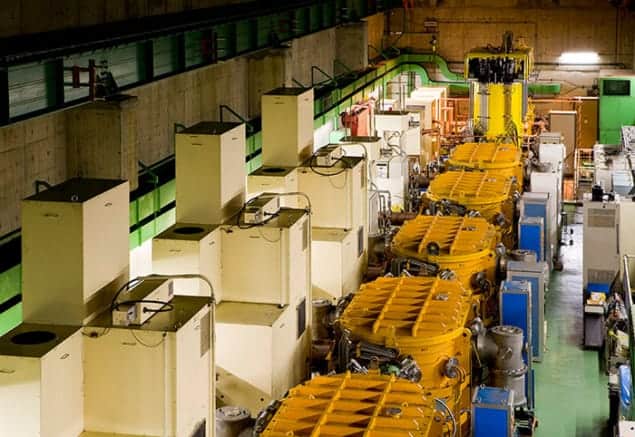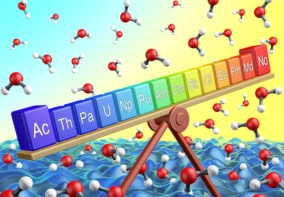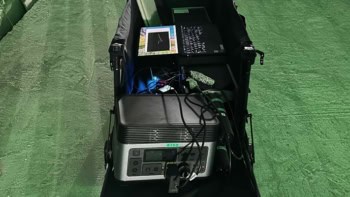
The first spectroscopic studies of krypton-98 and krypton-100 suggest that these nuclei exist in a quantum superposition of two distorted shapes. The study also provides evidence that neutron-rich krypton nuclei undergo a much slower transition from spherical to distorted shapes than do neighbouring isotopes of rubidium, strontium and zirconium.
Nuclei with atomic masses of about 100 and neutron number of about 60 tend to undergo rapid changes in shape as the number of neutrons in the nucleus increases by just one or two. Understanding how and why these changes occur could provide important information about how nucleons (protons and neutrons) in the nucleus interact with each other – something that is not well understood. Previous measurements at the REX-ISOLDE facility at CERN on krypton-94 and krypton-96 (which has 60 neutrons) had puzzled physicists because they hinted that the transition from a spherical to a deformed shape occurs much more gradually than in other atomic species.
Gamma-ray spectra
This latest work was done by researchers at Institut de physique nucléaire Orsay in France and RIKEN in Japan, who used RIKEN’s Radioactive Isotope Beam Factory. They fired uranium nuclei at a succession of targets to produce a number of different species of nuclei. The species are then separated and studied by measuring the gamma rays that they give off as they make transitions between internal quantum energy states.
These spectra suggest that the deformed state of krypton above 60 neutrons is a coexistence of two different shapes – a sphere flattened at the poles (oblate) and a sphere stretched at the poles (prolate). The data, which are presented in Physical Review Letters, also confirm that above 60 neutrons the distortion increases gradually.



